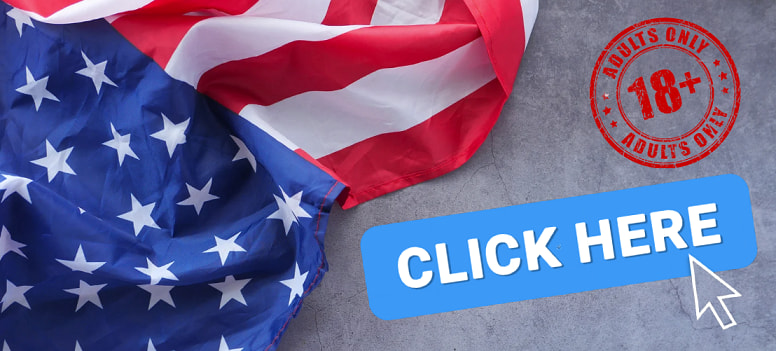
What are Five Types of Headlines? – A Comprehensive Guide
Headlines are an essential part of any advertisement, article, or blog post. They are the first thing readers see and can be the difference between a successful piece of content and one that falls flat. That’s why it’s important to understand the different types of headlines and how to use them effectively.
What are the Five Types of Headlines?
Headlines come in many forms, but there are five main types that are used most often. These include direct, indirect, pain point, announcement, and how-to headlines. Let’s take a closer look at each type and how they can be used to create effective content.
Direct Headlines
Direct headlines are straightforward and clearly state the purpose of the ad or article. They are used to quickly grab the reader’s attention and provide them with the information they need to make a decision. Examples of direct headlines include “Get 50% Off Your Next Purchase” or “Learn How to Cook Delicious Meals in Minutes.”
Indirect Headlines
Indirect headlines are less direct and often use metaphors or analogies to convey the message. They are used to draw the reader in and create curiosity. Examples of indirect headlines include “Unlock the Secrets of the Universe” or “Take a Journey to the Unknown.”
Pain Point Headlines
Pain point headlines are used to address a problem that the reader may be facing. They are used to connect with the reader on an emotional level and encourage them to take action. Examples of pain point headlines include “Tired of Feeling Unproductive? Here’s How to Get More Done” or “Sick of Struggling With Debt? Here’s How to Get Out.”
Announcement Headlines
Announcement headlines are used to make a big announcement or reveal something new. They are used to create excitement and anticipation. Examples of announcement headlines include “Introducing the All-New iPhone 12” or “We’re Launching a New Line of Products.”
How-To Headlines
How-to headlines are used to provide readers with step-by-step instructions on how to do something. They are used to provide value and help the reader solve a problem. Examples of how-to headlines include “How to Make Delicious Pizza in 10 Minutes” or “How to Get the Most Out of Your Workouts.”
Question Headlines
Question headlines are used to engage the reader and encourage them to think about a topic. They are used to create curiosity and get the reader to consider a different perspective. Examples of question headlines include “What Would You Do If You Had More Time?” or “What Would Life Be Like Without Technology?”
Command Headlines
Command headlines are used to give the reader a call to action. They are used to encourage the reader to take a specific action. Examples of command headlines include “Sign Up Now for Our Newsletter” or “Download Our App Today.”
Reasons Headlines
Reasons headlines are used to provide the reader with a list of reasons why they should take a certain action. They are used to provide value and convince the reader to take action. Examples of reasons headlines include “5 Reasons You Should Start Exercising Today” or “10 Reasons You Should Invest in Real Estate.”
Conclusion
Headlines are an essential part of any advertisement, article, or blog post. There are five main types of headlines that are used most often, including direct, indirect, pain point, announcement, and how-to headlines. Each type of headline serves a different purpose and can be used to create effective content. Understanding the different types of headlines and how to use them effectively can help you create content that engages and converts readers.

